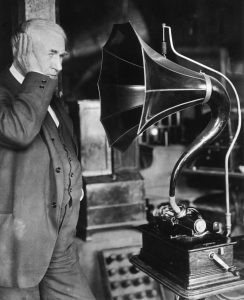Classical era
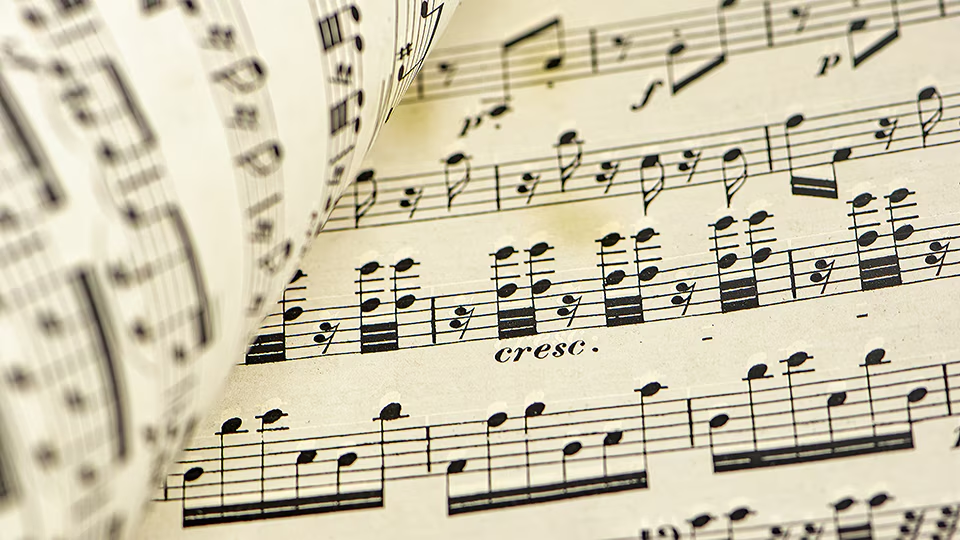
The Classical Era: Elegance and Structure in Music (1750-1820)
The Classical period represents one of the most influential and beloved eras in Western music history. Spanning approximately from 1750 to 1820, this period established the foundations of musical forms and conventions that continue to shape our understanding of classical music today. The era emerged as a response to the ornate complexity of Baroque music, embracing clarity, balance, and elegant simplicity in its place.
Historical Context of the Classical Period
The Classical era coincided with the Age of Enlightenment, a time of significant intellectual and cultural development across Europe. This period emphasized reason, logic, and clarity—values that directly influenced the music of the time. The aristocracy remained important patrons of the arts, but music increasingly became accessible to the growing middle class through public concerts and published scores.
Major historical events shaped this musical period, including the American Revolution (1775-1783) and the French Revolution (1789-1799). These political upheavals reflected changing social structures that would eventually transform musicians from servants of the court to independent artists—a transition embodied by Ludwig van Beethoven’s career.
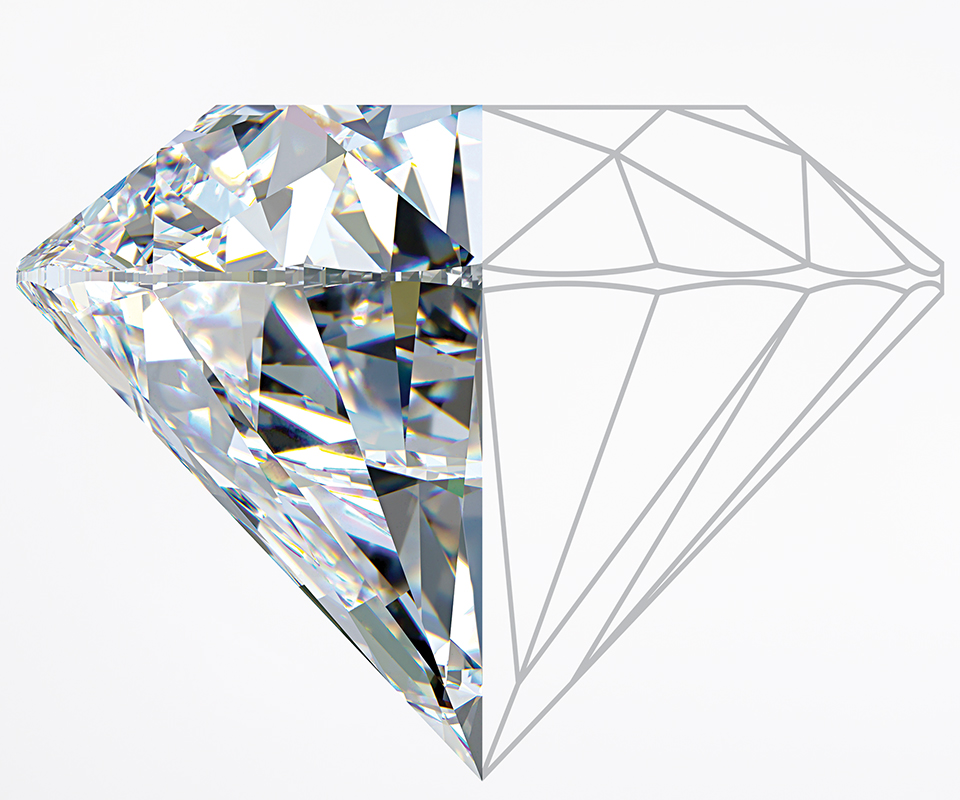
Defining Characteristics of Classical Music
Musical Form and Structure
Classical composers prized clear, balanced musical structures. The sonata form became the cornerstone of Classical composition, featuring an exposition (presenting musical themes), development (exploring these themes), and recapitulation (restating the themes). This architectural approach to music created works that were both intellectually satisfying and emotionally accessible.
Other important forms included:
- Minuet and trio
- Theme and variations
- Rondo form (with a recurring main theme)
Melody and Harmony
Classical melodies are characterized by their:
- Symmetrical phrases
- Clear cadences
- Singable, memorable qualities
- Question-and-answer structures
Harmonically, Classical music established the tonal system that would dominate Western music for centuries. Compositions typically centered on a home key, with modulations (key changes) creating tension and resolution throughout a piece. Compared to the Baroque period, Classical harmony was simpler and more straightforward, emphasizing the primary chords (tonic, dominant, subdominant).
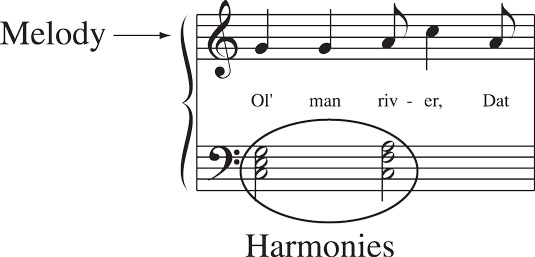
Major Composers of the Classical Era
Wolfgang Amadeus Mozart (1756-1791)
Mozart stands as perhaps the quintessential Classical composer, embodying the era’s ideals of clarity, balance, and expressive elegance. Despite his short life, he produced over 600 works across virtually every musical genre of his time.
Key Musical Works:
- Symphony No. 41, “Jupiter,” K. 551: His final and perhaps most famous symphony.
- Piano Concerto No. 21 in C Major, K. 467: Nicknamed “Elvira Madigan,” this is one of his most popular piano concertos.
- Requiem Mass in D minor, K. 626: Mozart’s final, unfinished work, which remains one of the most performed requiems.
- Piano Sonata No. 11 in A Major, K. 331: The third movement, “Rondo alla Turca,” is particularly famous.
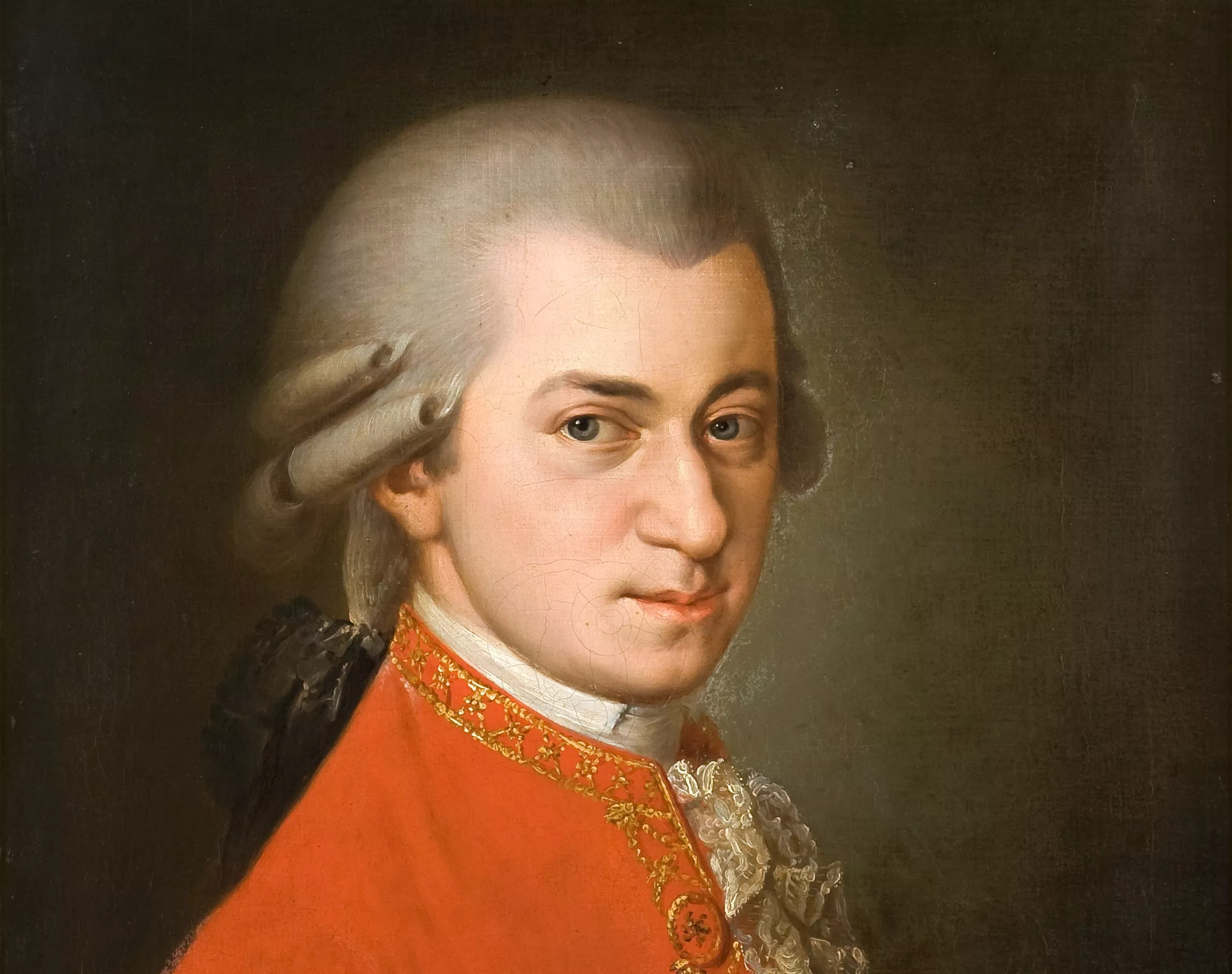
Joseph Haydn (1732-1809)
Often called the “Father of the Symphony” and “Father of the String Quartet,” Haydn played a crucial role in establishing Classical forms and genres. His long career at the Esterházy court allowed him to experiment and refine his compositional approach.
Key Musical Works:
- The “London” Symphonies (Nos. 93-104): This set of twelve symphonies includes some of his most famous. Notable among them are Symphony No. 94, “Surprise”; Symphony No. 101, “The Clock”; and Symphony No. 104, “London”.
- The Creation (Die Schöpfung): An oratorio depicting the creation of the world, widely considered one of Haydn’s masterpieces.
- String Quartets, Op. 76: This set includes the famous “Emperor” quartet, whose slow movement became the melody for the German national anthem.
- Piano Sonata No. 62 in E-flat major: Haydn’s final piano sonata, noted for its adventurous and almost Beethoven-like style.
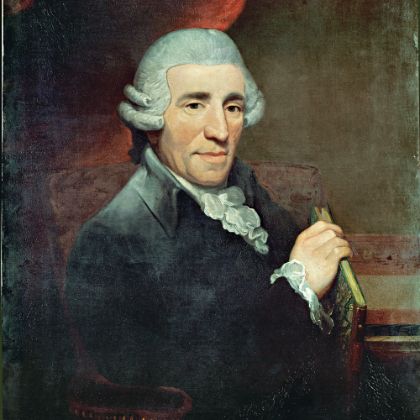
Ludwig van Beethoven (1770-1827)
Ludwig van Beethoven is a monumental figure in classical music, bridging the Classical and Romantic eras. His works are renowned for their emotional depth, technical innovation, and revolutionary spirit. Beethoven studied briefly with Haydn and absorbed Mozart’s influence, though he quickly developed his own distinctive voice.
Key Musical Works:
- Symphony No. 5 in C Minor: Famous for its iconic four-note opening motif (“short-short-short-long”), it is one of the most recognizable pieces in all of classical music.
- Symphony No. 9 in D Minor, “Choral”: A revolutionary masterpiece and one of the most celebrated works in history. It is the first major symphony to include a chorus and vocal soloists, with its final movement based on the “Ode to Joy” poem.
- Piano Sonata No. 14 in C-sharp Minor, “Moonlight”: The first movement is especially famous for its quiet, melancholic beauty.
- Piano Concerto No. 5 in E-flat Major, “Emperor”: His final and most famous piano concerto, known for its grand, heroic scale.
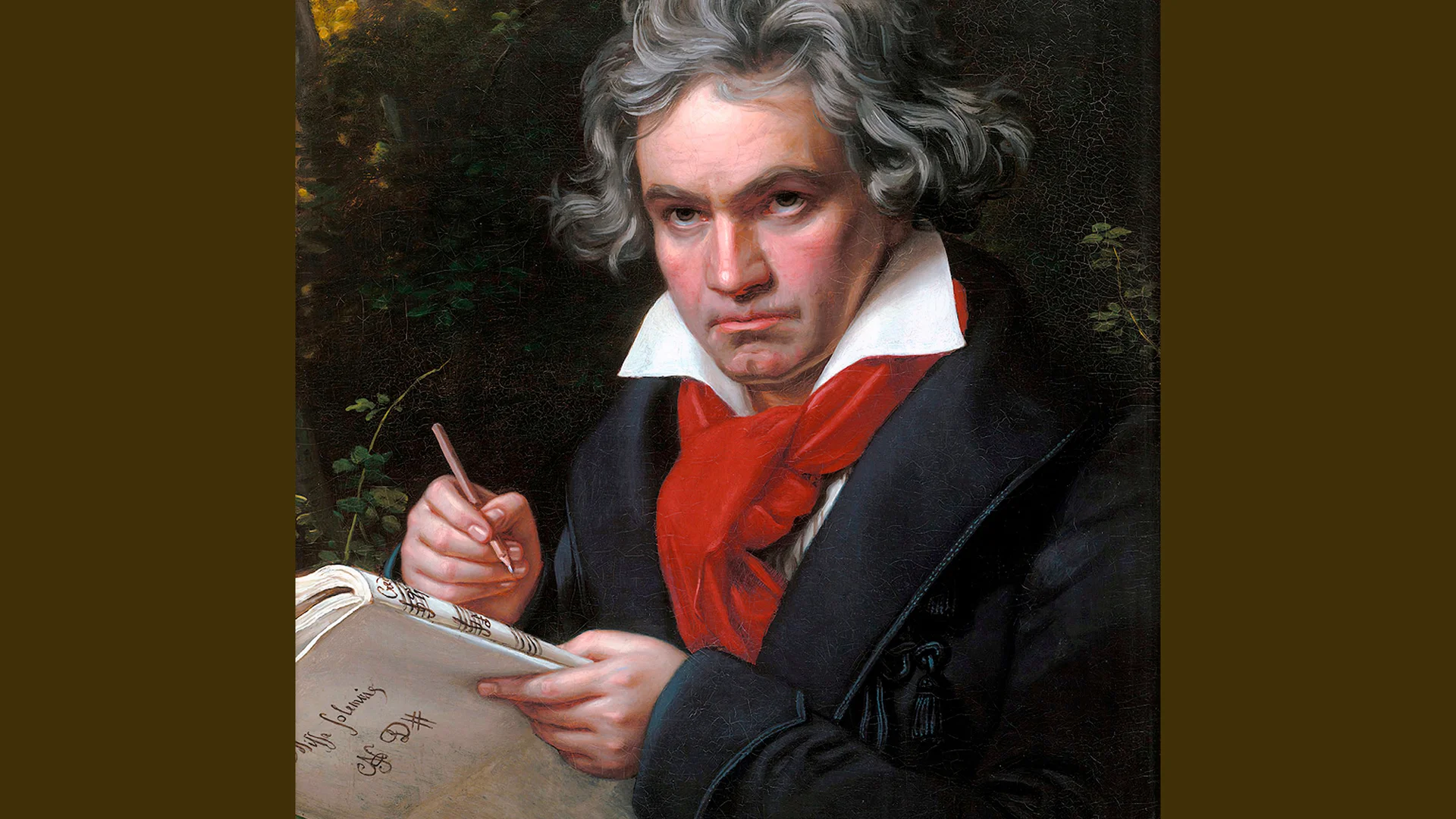
Franz Peter Schubert (1797-1828)
Schubert was an Austrian composer who was a key figure in the transition between the Classical and Romantic periods of Western music. He was born in Vienna, Austria, and showed a talent for music at a young age. Despite his short life, Schubert was a prolific composer, writing over 1,500 works. He is best known for his Lieder, or songs for solo voice and piano, of which he wrote over 600. He also wrote seven complete symphonies, as well as a large body of chamber music, piano music, and choral works.
Key Musical Works:
- “Ave Maria”: This is one of Schubert’s most famous works, and is a setting of seven songs from Sir Walter Scott’s poem The Lady of the Lake.
- Impromptus, Op. 90 (D. 899): Are a set of four pieces for solo piano. They are some of the most famous examples of the impromptu and these pieces have become a cornerstone of the piano repertoire.
- “Ständchen” (Serenade): Beloved for its beautiful melody and emotional depth. It has been arranged for many different instruments, with Franz Liszt’s piano transcriptions being particularly well-known.
- Piano Sonata No. 21 in B-flat Major, D. 960: This is a monumental work and his final composition for the piano before he died two months after. It is often interpreted as Schubert’s farewell to the world, a work that contemplates life, death, and transcendence. It is widely considered to be one of the greatest piano sonatas ever written.
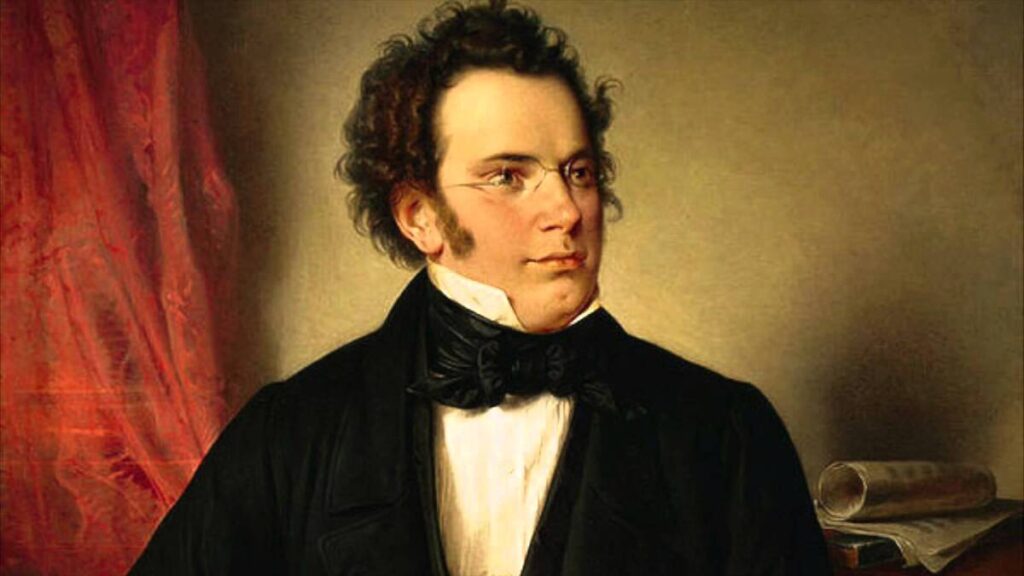
Listening Guide: Essential Classical Period Musical Works
For those new to Classical Period Musical Works, these landmark compositions provide an excellent introduction to the period’s style and achievements:
- Mozart: Symphony No. 41, “Jupiter,” K. 551 – His final and perhaps most famous symphony, showcasing his mastery of counterpoint and orchestral writing.
- Haydn: Symphony No. 94, “Surprise” – A prime example of Haydn’s wit and innovation, featuring a sudden loud chord in the slow movement.
- Beethoven: Symphony No. 5 in C Minor – Famous for its iconic four-note opening motif, a powerful and revolutionary work bridging the Classical and Romantic eras.
- Mozart: Piano Concerto No. 21 in C Major, K. 467 – Nicknamed “Elvira Madigan,” this concerto exemplifies Mozart’s lyrical genius and elegant piano writing.
- Schubert: Piano Sonata No. 21 in B-flat Major, D. 960 – A monumental and deeply expressive work, considered one of the greatest piano sonatas ever written, showcasing Schubert’s profound melodic gift.
Through these works and the many masterpieces of the Classical period, listeners can experience the profound elegance, structural clarity, and emotional depth that define this pivotal era in music.
